Unknown soldier: 1 forensic anthropologist, 27,000 Canadians missing in action
Even with help from modern technology, Canadian casualty ID program's task is enormous

From the start, it didn't look very good for Case No. 8/2/289.
The human remains found four years ago at Thelus in France gave up almost nothing that would even hint at an identity little beyond an insignia of the word "Canada."
So this past August, he was buried at Canadian Cemetery No. 2, near Vimy Ridge, joining thousands of other war casualties in anonymity.
But there is one crucial difference.
"I have his maternal and paternal DNA profile," Sarah Lockyer, the forensic anthropologist looking into the case, said in an interview.
"If we can identify him in the future, we would change his headstone."
It is a scenario that would have been hard to imagine before the Department of National Defence created the optimistically named Casualty Identification Program a decade ago this year.

Lockyer, 31, is the tiny program's co-ordinator and lone forensic anthropologist. She travels twice a year to France to study the remains of Canadians uncovered by construction workers or farmers in old battlefields increasingly invaded by modern-day development.
On the trip back, it's not unusual for her to be carrying a piece of human bone in her luggage.
Since the program started in 2007, it has become a matter of course to temporarily repatriate a sample from every newly discovered set of remains believed to be a Canadian soldier.
It is almost always used to create a DNA profile before the bone is returned to France for eventual burial.
That made it possible this past August, for one Pte. Reginald Johnston, a 22-year-old Manitoban, to be finally laid to rest almost exactly a century after he died in the First World War Battle of Hill 70 near Lens, France .
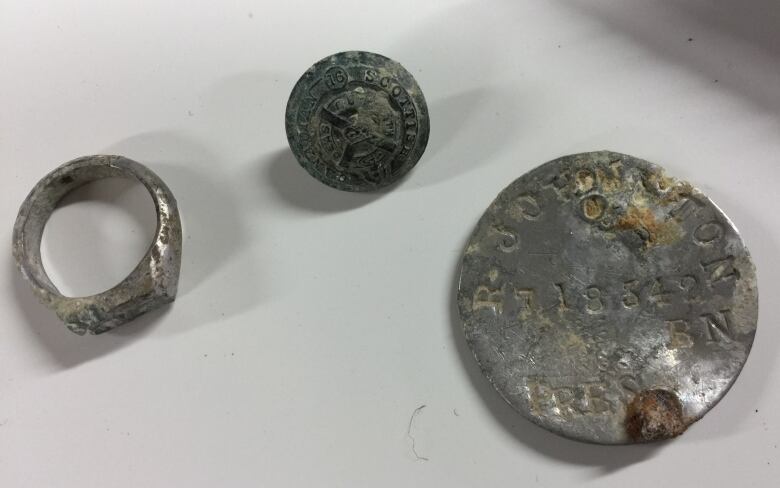
He was identified by Lockyer after his DNA profile was compared to that of a great niece he never knew.
But even with the help of modern technology, the task, for a small team, is enormous.
You only have to visit some of the war graves to appreciate just how many soldiers died in anonymity: It's believed there are some 27,000 Canadian soldiers still missing in action with no known grave.
Each discovery starts a complicated, methodical process that can sometimes take years.
'It's like a big puzzle'
Drawn to solving puzzles, Lockyer discovered forensic anthropology by watching a true crime drama on television as a 16-year-old growing up in Moncton.
She decided then it would be her life. It became a passion as she advanced through a bachelor's, a master's and eventually a PhD to qualify as a forensic anthropologist.
But unlike the television version, in the cases she studies, Lockyer is not trying determine the cause of death. Rather, it's about figuring out who her subjects were when they were living.
"It's like a big puzzle, and at the end of the day, I do very much enjoy doing puzzles," she said.
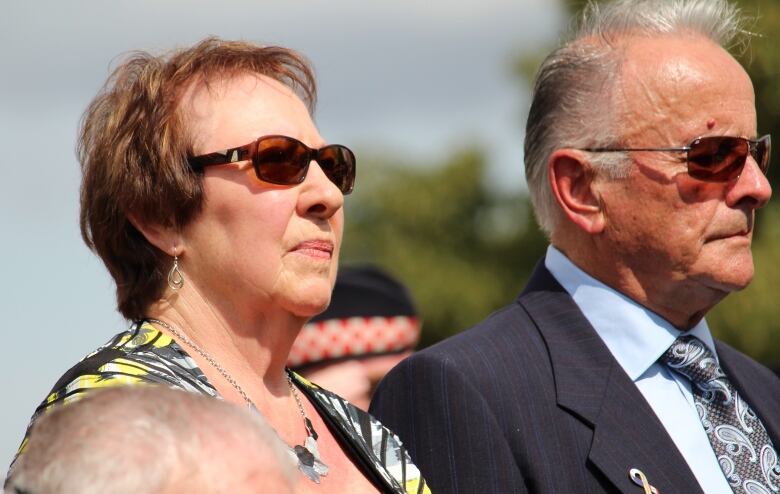
Her caseload, from the First and Second World Wars, is always of remains that are at least 70 years old.
"This is absolutely a dream job," she said in an interview at the Commonwealth War Graves Commission.
"For me personally it's important because it returns their identity to them. They are no longer faceless, no longer nameless."
"For my military colleagues, it gives a sense that the military will always take care of you. No matter what."
Her workplace in France is a windowless room at the CWGC, where remains are locked away for safekeeping. Outside, a sign on the wall says: "This is a place of dignity. Please work in peace and treat with respect."
Gleaming gold ring
Midmorning on a hot day in June last year, the phone rang at the Commonwealth War Graves Commission in Beaurains, France. Crews working on a parking lot in a shopping mall had stumbled into old human remains. Within minutes, a team was on its way to recover them.
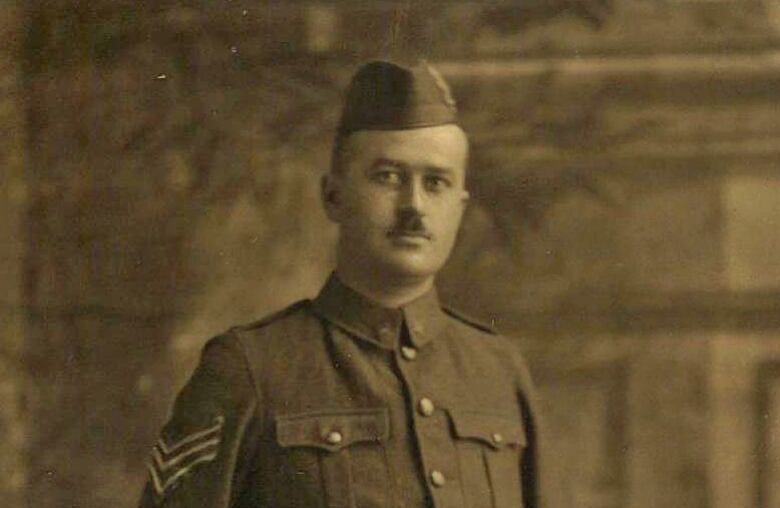
What they found was remarkable.
"That came out of the ground just like that, we didn't clean it," said Lockyer, holding out a gleaming gold signet ring with the initials HWS etched on the front.
Among the artifacts was also an identification disc imprinted with the rank SGT and part of a name, as well as CATH for Catholic.
Also nearly intact: the skeleton itself.
This would be Lockyer's first case from start to finish.
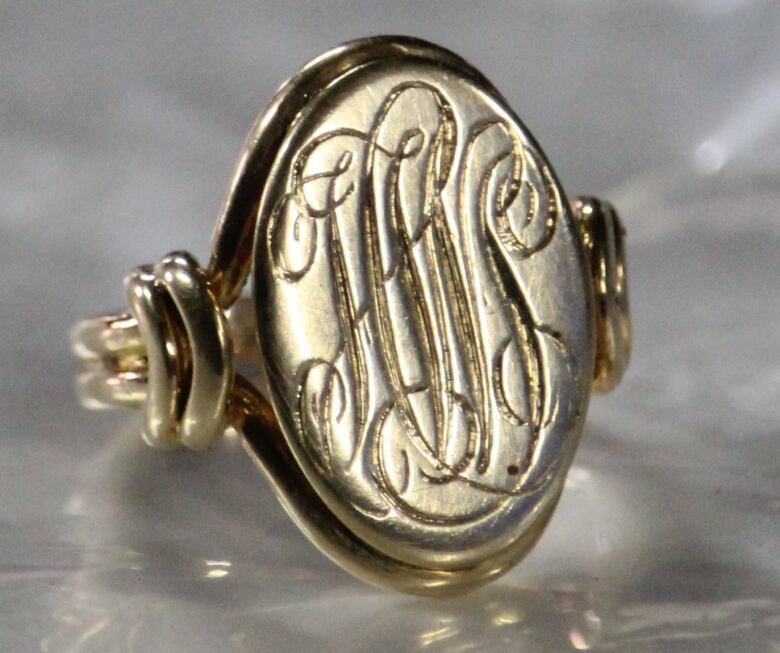
It's rare for such old remains to come with so much information, to seem so straightforward. Still, to be certain, Lockyer followed standard procedure.
By simply measuring key bones, Lockyer is able to answer basic questions like sex, and estimate important identifying statistics, including height and age. She can also test tooth enamel to try to narrow down the place of birth.
She takes pictures of the artifacts, and notes the location where they were found. She takes a small sample back to Canada to prepare a genetic profile.
Once in Ottawa, the program's historian uses maps to determine the context where the remains were found what units were serving there, and in what battles. Casualty lists are pulled up, and then a finer comb-through begins to narrow down the list of candidates until they settle on a single name.
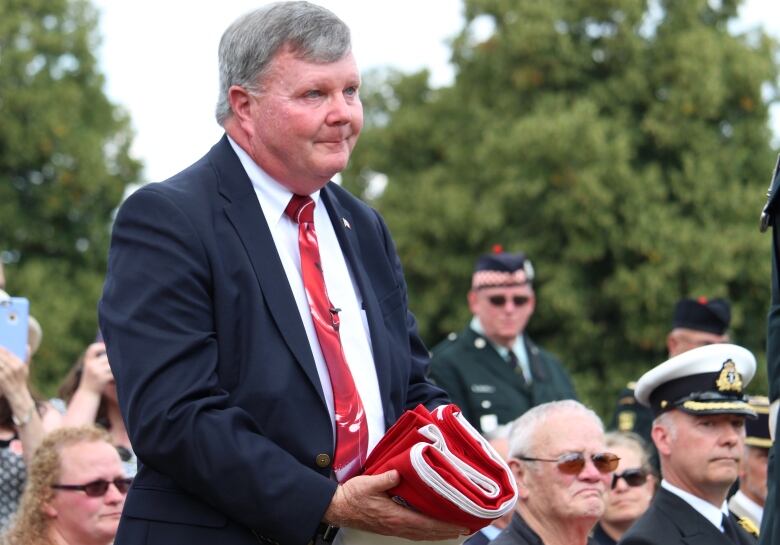
Then it's to the attestation papers. In the case of HWS, Lockyer discovers the measurements are in line with her own. It is here that a picture of the person begins to come into focus.
And it is when Lockyer discovered the remains in question likely belonged to someone about her age, and like her, comes from New Brunswick.
But as a scientist, she tries to maintain a distance, at least at first.
"You do have to put up a wall," she says "so you just view them as individual cases to be able to get the work done."
Johnston's case was a little more complicated.
DNA required
His remains were found where a local prison was being built with boots, a bayonet, and a disc with the name R. Johnston. It displayed his service number: 718342.
But his remains were found with those of six others.
The passage of time, the mixing of the bones and the possibility that the identification disc they discovered with the remains was not actually his meant a DNA test was in order.
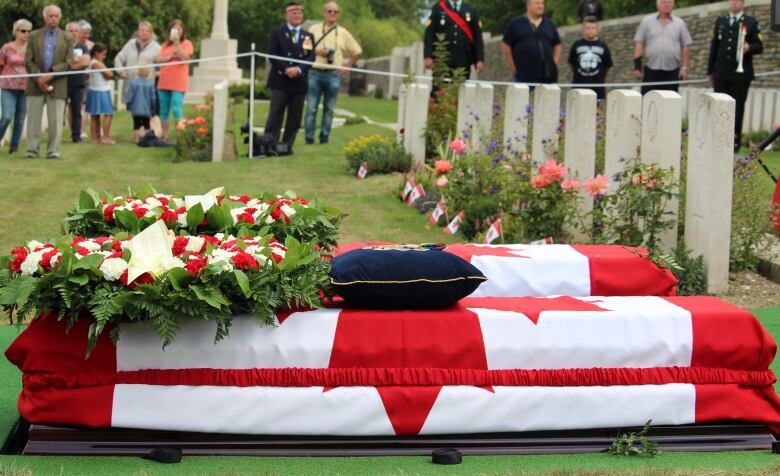
First the Casualty Identification Program had to find a relative willing to provide a DNA sample. A research assistant tracked down a woman believed to be his great niece, Lorraine Leniuk, 80, from Manitoba, who lived not far from where she grew up knowing little about Uncle Reggie.
"I guess when you are a kid you don't ask questions," she said in an interview. "I knew there was a soldier on the wall, and I don't really think we knew what soldiers did in those days."
Lockyer made the first call to ask Leniuk for a cheek swab.
"I said, well, by all means if it's going to help, but after 100 years? I said, 'How is it possible?' But I guess the science and how it is now, anything is possible."
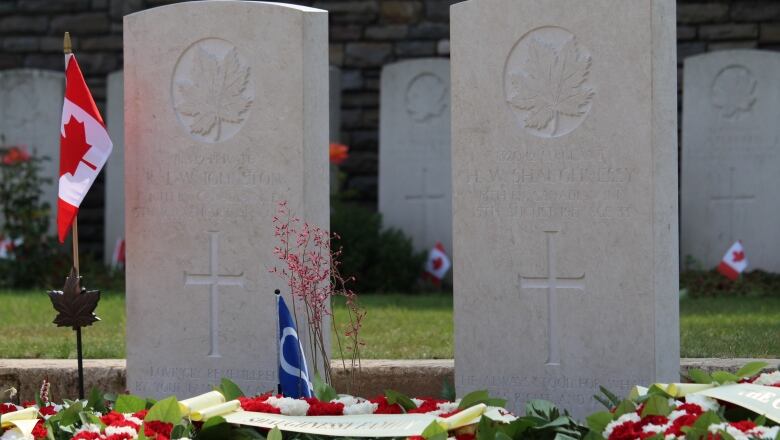
The lab in Laval confirmed there were enough similarities between the DNA of great uncle and great niece to proceed to the next step.
That always involves a review board that considers all the evidence before deciding unanimously whether to confirm an identity.
Lockyer called Leniuk that afternoon, just days before Christmas, to confirm her long lost uncle had been found.
"She's a very special angel," said Leniuk.
It was a special moment for Lockeyer too. One that tugs at childhood memories.
Case No. 8/2/289
Lockyer's own grandfather landed on the beaches of Normandy and was wounded near Caen in 1944, but survived to retire as a brigadier general. He passed away in 2010.
Lockyer regrets not asking more questions.
She now draws joy out of providing at least some answers.
This past August, a year after Lockyer started the job, she's helped reduce Canada's list of the missing in action by four, closing out their cases by attending their burials, including that of Johnston, and of case 8/2/289.
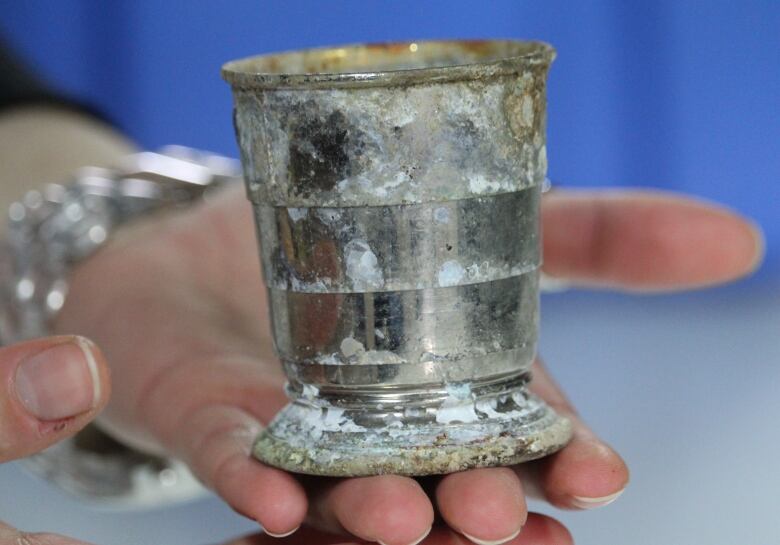
It was a pragmatic, but tough call to label him as unknown.
The remains were discovered in excavations for an industrial estate in 2012 an area where Canadian soldiers had been present for ten months during the first world war. The list of possible candidates: over 3,400.
It was different with HWS, the soldier from New Brunswick.
Her team quickly confirmed the name: Sgt. Harold Shaughnessy. They tracked down the next of kin an American teacher in Boston. When he got the call, he thought it was a hoax. The entire process from discovery to identification took less than six months.
In August, Shaughnessy's great nephew, Jack Kennedy, was flown to France to tour the Hill 70 battleground where his great uncle had died just shy of the front line.

He met Lockyer for the first time. She gave him the artifacts that had once been essentials to his uncle: a collapsible metal cup, a razor, among other things and the gleaming signet ring.
Short distance apart
Together, Lockyer, Kennedy and Leniuk attended the burial organized by Veterans Affairs for the two fallen soldiers.
Johnston and Shaughnessy who died in the same battle, a short distance apart might have known each other. Now they were laid to rest, side by side.
"Canada cares," said Kennedy. "And after 100 years, that Canada could turn around and go through these particular lengths to put this together I thought was incredibly impressive."
Attending the burials is satisfying for Lockyer too, but it's emotionally difficult terrain. It's why she wears sunglasses for the duration.
"We get to affect Canadian military history, Canada's history, and individual families, their personal history as well," she said.
"So that's kind of as you can tell that is starting to get me a bit emotional it's huge. It's huge."
Lockyer currently has 29 open cases. In France, six more sets of remains that have been discovered wait for her attention.













_(720p).jpg)


 OFFICIAL HD MUSIC VIDEO.jpg)
.jpg)



























































































